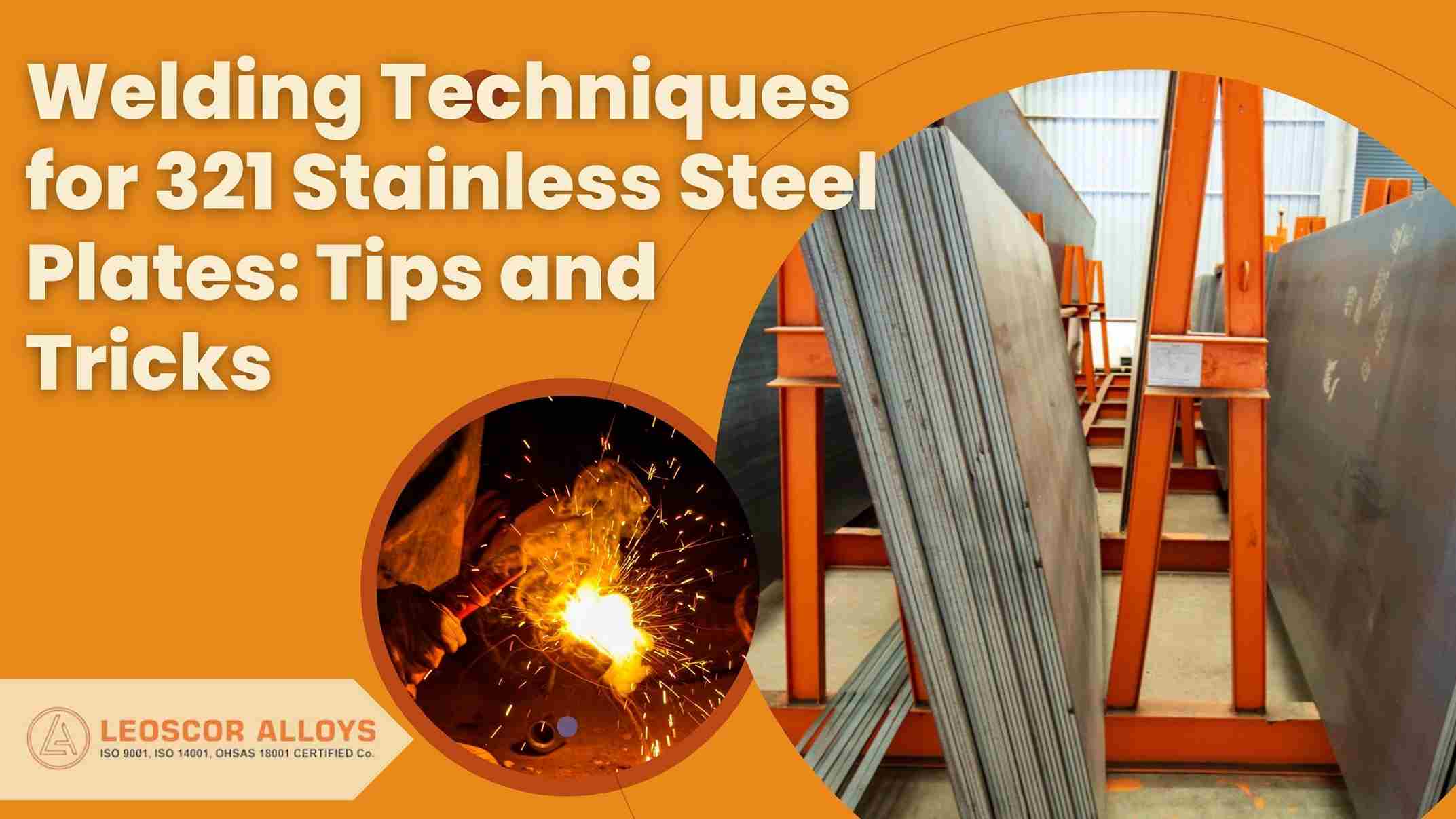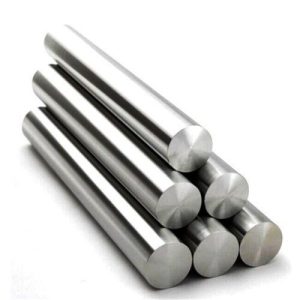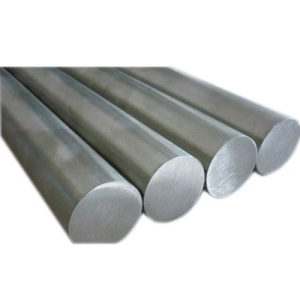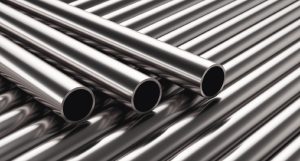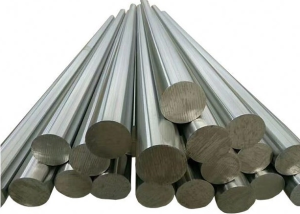When it comes to welding, one of the essential materials to know how to weld is stainless steel. Specifically, welding 321 stainless steel plates is a process that requires special attention and knowledge. In this blog post, we’ll discuss some tips and tricks for welding 321 stainless steel plates so you can get the job done right the first time.
Safety First!
Safety should be your top priority when welding any material, but it is crucial when working with stainless steel. Before welding, ensure you have all the necessary safety equipment, such as gloves, goggles, face masks, and fireproof clothing. Furthermore, ventilate your workspace adequately to decrease the risk of inhaling potentially harmful fumes while welding stainless steel.
Welding Tips & Tricks for 321 Stainless Steel Plates
When welding 321 Stainless Steel Plates, a few tips and tricks can help ensure a successful weld that meets industry standards. Here are some of our favorites:
Choose an appropriate filler metal
Choosing an appropriate filler metal for your project will ensure that your weld has good strength properties and corrosion resistance. Similar to those in your base metal (e.g., 321 stainless steel). Before choosing a filler metal, ensure it meets the requirements outlined in AWS A5.9-94 (Specification for Bare Stainless Steel Filler Metals). Or its subsequent revisions as specified by AWS D1.6-98 (Structural Welding Code – Stainless Steel).
Use Preheat
Preheating before beginning your weld will help reduce cracking due to thermal stress or hydrogen embrittlement during solidification or cooling after welding. Generally speaking, preheat temperatures should be between 250-400°F depending on thickness and alloy composition. Consult with your manufacturer for individual recommendations for specific grades or types of stainless steel.
Use Proper Technique
Improper welding can result in weak bonds between metals, which may compromise the structural integrity of the joint. These issues can cause problems in the future, and ensuring proper welding techniques are used is crucial to avoid these concerns. Proper technique includes slow travel speeds with short arc lengths (1/16” or less). While ensuring adequate penetration into joint edges and maintaining a consistent interpass temperature throughout the welding process (typically around 300°F).
Clean up 321 Stainless Steel Plates afterward
After completing your welds on a 321 stainless steel plate, use a wire brush to clean up any slag or residue. Before applying any paints or coatings that may be needed for protection against corrosion or other damage caused by environmental factors such as moisture or UV radiation exposure. This step is significant if you use a pickling paste. After grinding down any high spots created during welding since these pastes are highly corrosive.
In Summary
Welding 321 stainless steel plate requires special attention and care. But with these tips and tricks, you should be ready to tackle any project involving this material! Always remember safety first when handling materials like this. So ensure you have all the necessary protective equipment before beginning work. On projects involving hazardous materials such as metals like 321 SS Plate!

